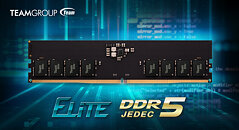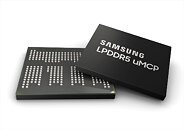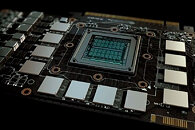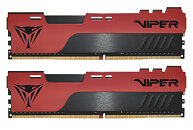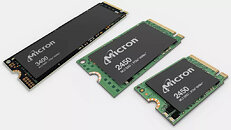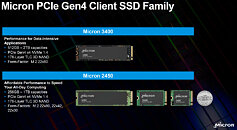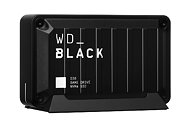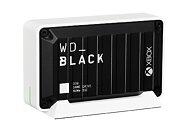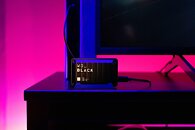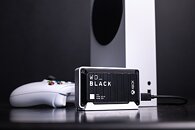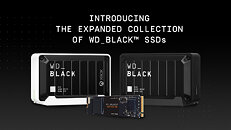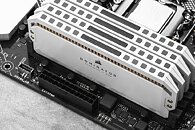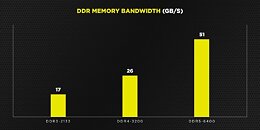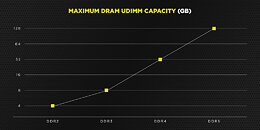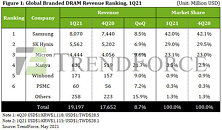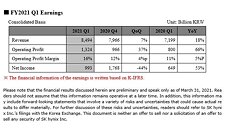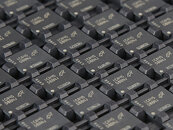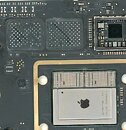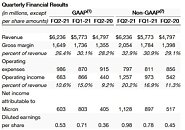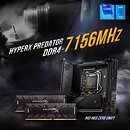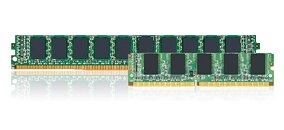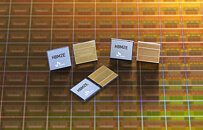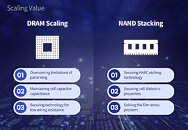Demand for DRAM exceeded expectations in 1Q21 as the proliferation of WFH and distance education resulted in high demand for notebook computers against market headwinds, according to TrendForce's latest investigations. Also contributing to the increased DRAM demand was Chinese smartphone brands' ramp-up of component procurement while these companies, including OPPO, Vivo, and Xiaomi, attempted to seize additional market shares after Huawei's inclusion on the Entity List. Finally, DRAM demand from server manufacturers also saw a gradual recovery. Taken together, these factors led to higher-than-expected shipments from various DRAM suppliers in 1Q21 despite the frequent shortage of such key components as IC and passive components. On the other hand, DRAM prices also entered an upward trajectory in 1Q21 in accordance with TrendForce's previous forecasts. In light of the increases in both shipments and quotes, all DRAM suppliers posted revenue growths in 1Q21, and overall DRAM revenue for the quarter reached US$19.2 billion, an 8.7% growth QoQ.
Demand for PC, mobile, graphics, and special DRAM remains healthy in 2Q21. Furthermore, after two to three quarters of inventory reduction during which their DRAM demand was relatively sluggish, some server manufacturers have now kicked off a new round of procurement as they expect a persistent increase in DRAM prices. TrendForce therefore forecasts a significant QoQ increase in DRAM ASP in 2Q21. In conjunction with increased bit shipment, this price hike will likely drive total DRAM revenue for 2Q21 to increase by more than 20% QoQ.





